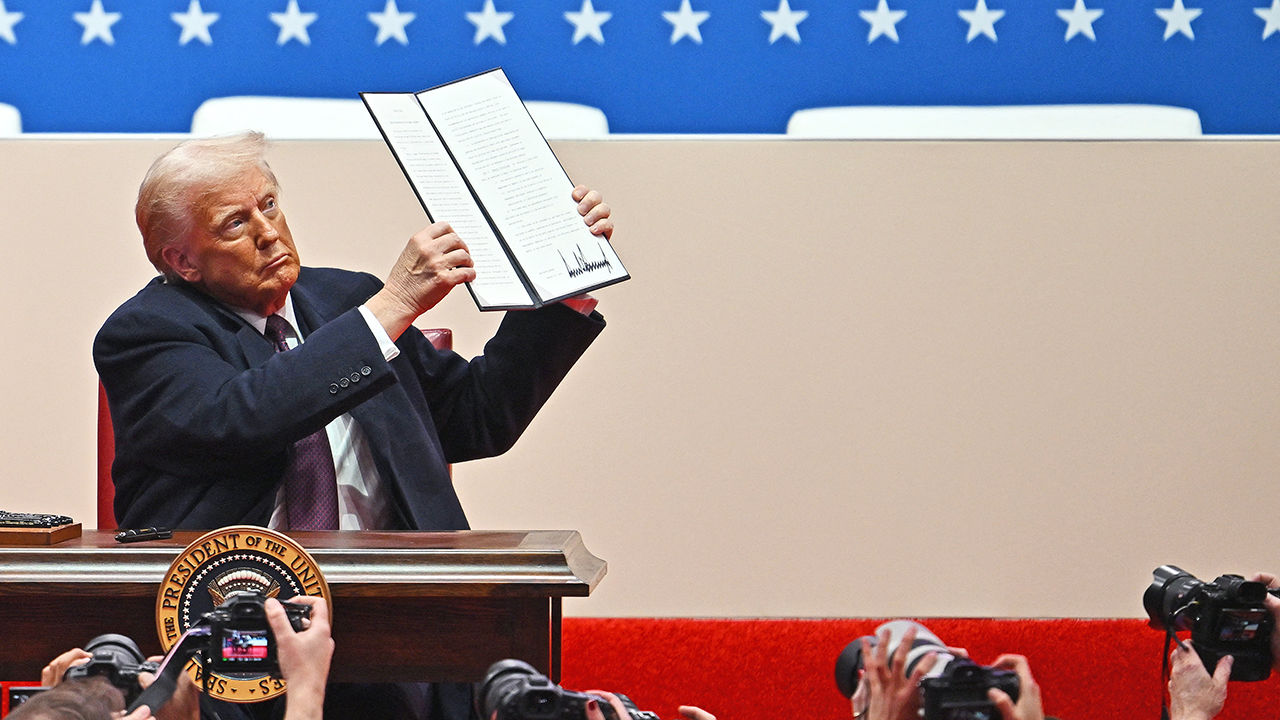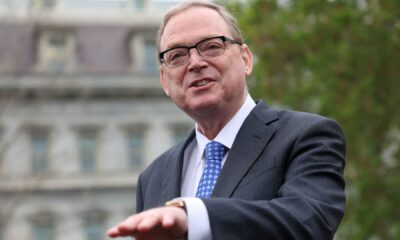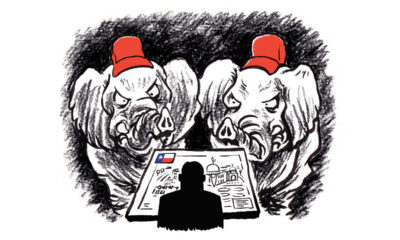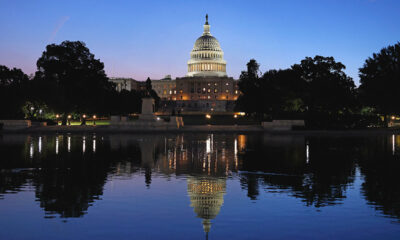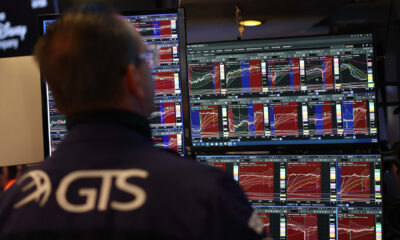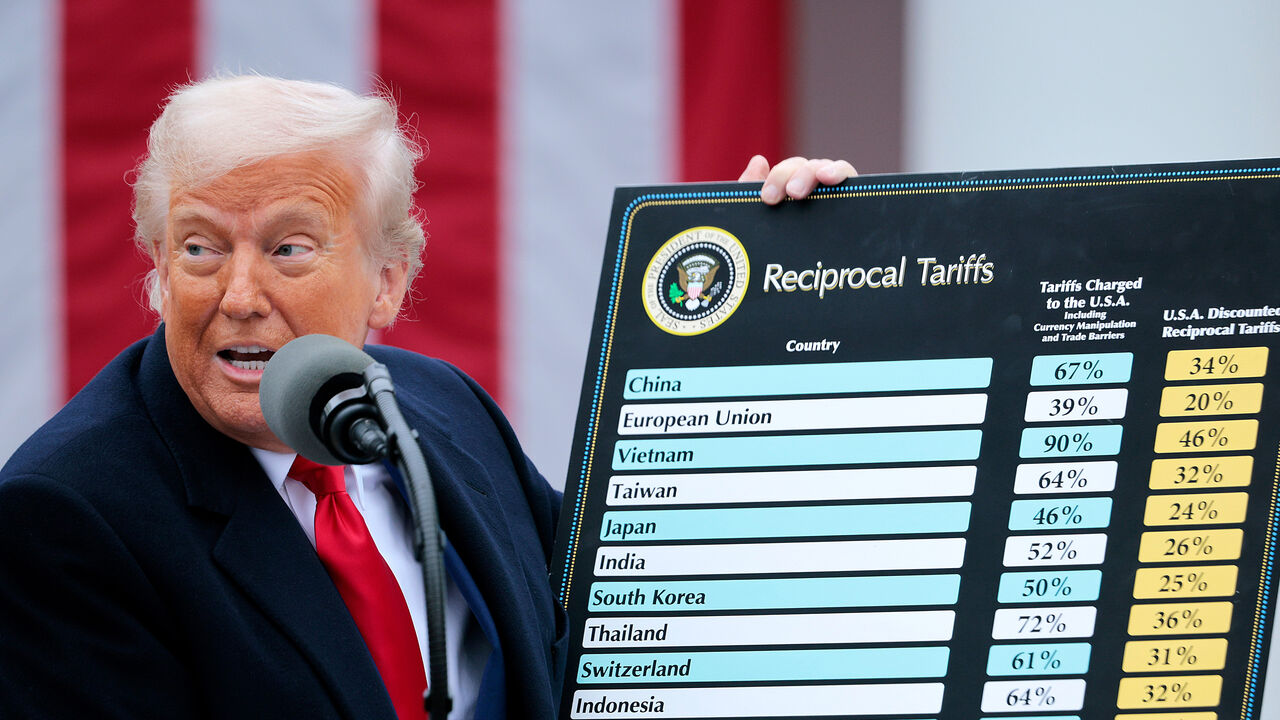American presidents are often disappointed to discover limits to their authority, but the country’s founders intended the nearly absolute pardon power to be an exception. Alexander Hamilton, for example, believed that legislators should not be involved in the pardons process because “one man appears to be a more eligible dispenser of the mercy of government, than a body of men.” Americans might now question the wisdom of bestowing such responsibility on men like Joe Biden and Donald Trump.
Throughout American history, the use of clemency has ranged from magnanimous to contemptible. George Washington pardoned men involved in a violent insurrection against his government over a whiskey tax. Andrew Johnson granted reprieves to Confederate civil-war veterans. Draft-dodgers were let off the hook by Jimmy Carter and Gerald Ford, who also pardoned his predecessor, Richard Nixon. Recent declarations have been less high-minded. Bill Clinton pardoned a Democratic donor’s former spouse and, during his first term, Mr Trump did the same for his son-in-law’s father.
Mr Trump’s indiscriminate pardons of those involved in the January 6th attack on the Capitol understandably dominated headlines. But Mr Biden kept busy before he left. On January 20th he issued pre-emptive pardons for polarising figures like Mark Milley, the retired top general; Anthony Fauci, a public-health official; and members of the House’s January 6th committee. Mr Biden said that the pardons were not an admission of guilt so much as protection from “revenge” by the new Trump administration.
Although Mr Biden’s Department of Justice (DoJ) previously argued that immunity for presidents wasn’t needed because grand juries are “prohibited from engaging in arbitrary fishing expeditions”, and the justice system broadly is “subject to public scrutiny and rigorous protections for a defendant’s rights”, the outgoing president grew more sceptical of safeguards in the system, even with his own party in control of the DoJ. That was the case in December, when Mr Biden cast doubt on the fairness of the justice system he oversaw to justify breaking his pledge not to pardon his son.
Mr Biden’s siblings and their spouses also received pre-emptive pardons in the final minutes of the administration. Mr Trump had considered a similar move after the 2020 election but decided against it after facing bipartisan criticism. Mr Biden had no such qualms, framing the last-minute pardons as protecting the innocent from unfair prosecution. Never mind that Mr Biden’s own DoJ had investigated his brother, or that Republicans allege he had lied to Congress in testimony.
John Yoo, a legal scholar with an expansive view of presidential power, suggested that such unprecedented pardons could create new vulnerabilities for those who accept them. No longer subject to federal prosecution, recipients such as Mr Fauci can’t cite a right to avoid self-incrimination when refusing congressional testimony. “If we really want to know what happened with covid and lab leaks and federal funding…well, now Congress can find out,” reckons Mr Yoo. He also noted that prosecutors at state level, who pursued cases against Mr Trump parallel to federal ones, remain free to investigate and indict those with federal pardons.
Another little-noticed act of clemency came for Leonard Peltier, a Native American activist convicted of murdering two federal agents. For decades the case was a cause célèbre on the left. Meanwhile, the director of the FBI expressed “vehement” opposition to the release of a “remorseless killer”. But Mr Biden commuted Mr Peltier’s sentence, citing health concerns. No doubt many of Mr Trump’s supporters will point to this decision when defending his indefensible January 6th pardons.
Those supporters also may cite Hamilton’s admonition that “there are often critical moments, when a well timed offer of pardon to the insurgents or rebels may restore the tranquillity of the commonwealth”. The difference is that such pardons were meant for a president trying to quell unrest—not to protect participants in unrest that he had condoned. Others seem to be learning depressing lessons from this: Eric Adams, the mayor of New York, who faces corruption charges, has started courting Mr Trump in recent months.
Even when Mr Trump made a defensible choice on clemency, he went about it in an unseemly way. On January 21st he pardoned Ross Ulbricht, who had been sentenced to life in prison after creating an online marketplace for drug-dealers and other criminals. Mr Trump, who had previously called for the death sentence for drug-dealers, alluded to a campaign promise to libertarians and said that “the scum” who convicted Mr Ulbricht had pursued him too.
Presidential pardon power took a reputational hit this week, deservedly. To change it requires a politically impossible constitutional amendment. Presidents could wield it more responsibly, though. To persuade them to do so would require public pressure and awareness of what a better system might look like.
While high-profile cases get the most attention, thousands of anonymous Americans remain mired in a backlog of clemency reviews at the DoJ. Mr Biden previously granted clemency to most of the federal prisoners on death row and thousands of non-violent offenders. Yet the most recent data show he leaves office with nearly 10,000 petitions closed without presidential action, up from just over 8,000 under Mr Trump four years ago. The number stood at around 500 when George H.W. Bush left office in 1993. Margaret Love, who was the DoJ’s pardon attorney in the 1990s, says it is common to see someone convicted of a minor drug offence as a teenager seeking a pardon so they can become a lawyer as an adult.
During Mr Trump’s first term, only about 11% of the 238 clemency grants were recommendations from the Department of Justice’s pardon attorney. The president typically preferred flashier cases. “I hope Trump will take a careful look at how we’re using the power,” says Ms Love. “Let’s do some stuff for little people.” ■
Stay on top of American politics with The US in brief, our daily newsletter with fast analysis of the most important political news, and Checks and Balance, a weekly note from our Lexington columnist that examines the state of American democracy and the issues that matter to voters.
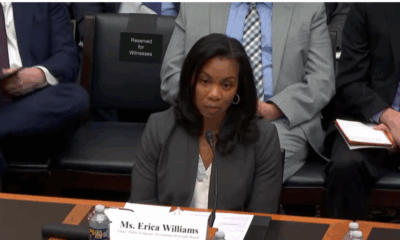
 Accounting1 week ago
Accounting1 week ago
 Economics1 week ago
Economics1 week ago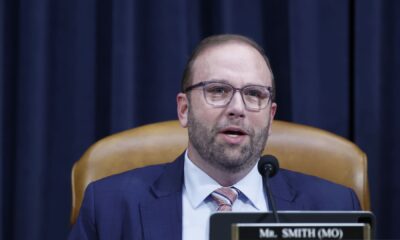
 Personal Finance1 week ago
Personal Finance1 week ago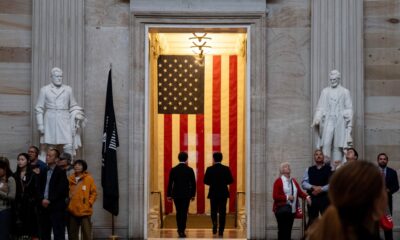
 Accounting1 week ago
Accounting1 week ago
 Finance1 week ago
Finance1 week ago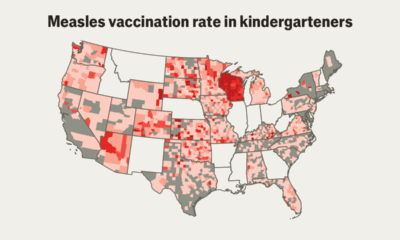
 Economics1 week ago
Economics1 week ago
 Economics1 week ago
Economics1 week ago
 Economics1 week ago
Economics1 week ago
